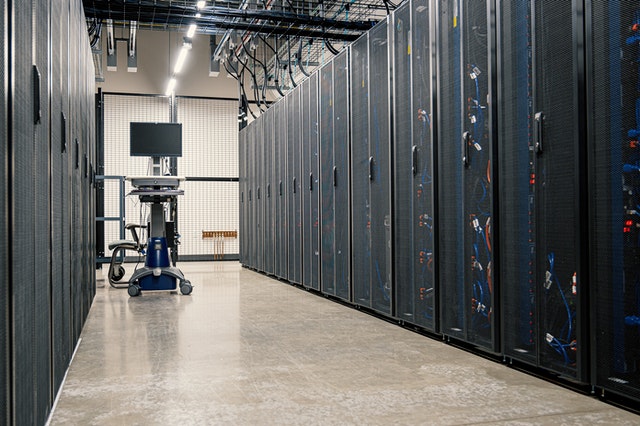The business community relies on data centers to make certain that everyday information technology operations function smoothly. Data centers are structures that house network infrastructure for cooling and power while allowing companies to centralize IT operations. These centers also allow for data to be stored, shared, and managed. Colocation, Enterprise, Hyperscale, and Telecom are four common types of data centers, with each having its own specifications and purpose.
Enterprise
Spaces that are owned and operated by the businesses they support are called enterprise centers. These facilities can have sections partitioned off to reflect the different segments of the business and can be located on or off-site. In these situations, the business’ IT team, such as those with CDCE certification, manage the area where equipment is placed, and back-end infrastructure is outsourced for maintenance.
Hyperscale
Similar to enterprise centers, hyperscale centers are also owned and operated by the companies they supports. A big difference is that they offer a storage portfolio of services and applications with scalability to other businesses or individuals as well. Cloud and big data storage operations rely on this type of data center to function properly.
Colocation
When a data center owner sells cooling, power and space to various hyperscale and enterprise patrons at a particular site, it is known as colocation. Businesses that seek to expand and scale at a lower cost and minimal complexness may benefit from interconnection to Platform or Software as a service as it is a sizeable business driver.
Wholesale colocation centers are very large, and the owners seek to lease specifically to those who want a large block of space and power rather than looking for smaller pieces. Typically utilized by large enterprises, a wholesale colocation center relieves the business of the expense of building a company center. In this type of center, management and maintenance may be the responsibility of the provider or the company.
Telecom
Service or telecommunications provider companies can own and operate telecom data centers. The initial installation, management, and maintenance are conducted by the provider’s staff, and many facilities are automated. Very high connectivity is necessary for a telecom center because the primary function is to drive cloud services, content delivery, and mobile services.
Each type of data center has its own unique network architecture and requirements, but they are all focused on better performance, increased efficiency, scalability, and higher speed. This is because consumers desire these continued improvements from businesses.




